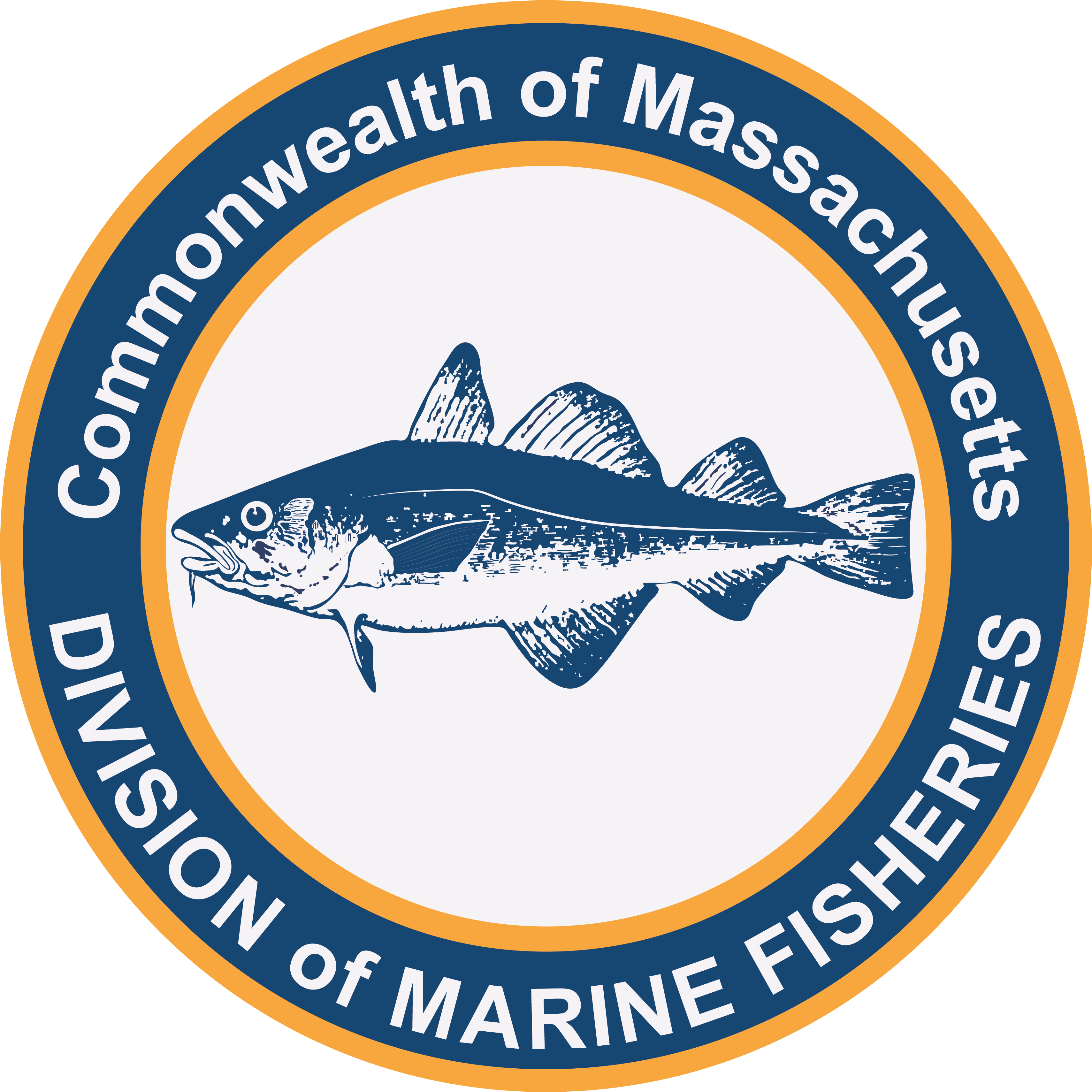- Division of Marine Fisheries
Beginning in January 2025, the vast majority of commercial lobster harvesters north of Cape Cod will see an increase in the minimum size from 3 ¼” to 3 5/16”, and two years later, in 2027, the minimum size will increase another 16th of an inch to 3 ⅜”, This adjustment will result in a harvest loss of some of the smallest marketable lobsters typically weighing less than 1.25 lbs. This is the first minimum size increase for lobstermen in this management area since 1989. The net result of this minimum size increase will be a uniform 3 ⅜” size limit among all Massachusetts inshore areas: Area 1, Area 2, and the Outer Cape Cod. Additionally, the maximum size of lobster allowed to be landed from the offshore fishery (Area 3) and Outer Cape Cod will be reduced from 6 3/4” to 6 ½”.
These changes were precipitated by a documented decline in stock abundance of the so-called “Gulf of Maine/Georges Bank” stock. The ASMFC’s Lobster Management Board (“Board”) has been observing recent declines in the stock and voted to create a threshold that exceeded-would result in automatic conservation measures.
At the Board’s October 2023 meeting, the Technical Committee reported that, with the inclusion of recently released 2022 data in the time series, the GOM/GBK recruitment index had declined 39% from the 2016–2018 reference period, surpassing the trigger point of a 35% decline. As a result, Addendum XXVII (as passed in May 2023) required states increase the LCMA1 minimum carapace size from 3 ¼” to 3 5/16” for June 1, 2024 with additional rule changes affecting LCMA1, LCMA3, and OCCLCMA scheduled to occur on June 1 of 2026, 2027, and 2028.
The trigger point was reached sooner than the Board expected when developing and approving Addendum XXVII. Commissioner Pat Keliher (Maine) made a compelling argument for delaying implementation to coordinate changes with Canada to avoid trade implications and provide gauge makers and harvesters sufficient time to prepare. While Maine sought a 1-year continuance (to start the 5-year implementation schedule on June 1, 2025), the Board agreed to a 7-month delay (to January 1, 2025) provided the implementation deadline for the “immediate measures” for OCCLCMA and trap tag issuance also be changed to January 1, 2025.
In addition to the conservation measures, other regulation changes were enacted by the addendum and were postponed seven months to January 1, 2025. These include all Outer Cape Cod harvesters (state and federal) must conform to the maximum size, and common standard for v-notch possession of 1/8” depth. (V-notching is the practice of harvesters cutting a notch into a specific tail flipper of an egg-bearing lobster. This notch is easy to notice and all harvesters must return that lobster to the sea when recaptured. The notch grows in over time and after 2-3 molts can become unrecognizable). Also, the issuance of trap tags will no longer include 10% extra tags in Area 1 and Area 3. The table above contains the new implementation schedule.
While states are not required to implement regulations until January 1, 2025, the Board encouraged states to move ahead with adopting such rules as soon as possible to avoid “kicking the can.” Accordingly, DMF intends to go out to public hearing in early 2024 to implement these rule changes for 2025 and beyond. The public hearing and rule-making process will also include other draft regulatory proposals affecting trap gear fishing that DMF plans to implement for the 2024 fishing year (i.e., allowing the use of the fully-formed weak rope with “MA Lobster Tracer”).
Lobster Tracking Update
DMF implemented the vessel tracking requirement for federal lobster trap permit holders landing in Massachusetts beginning on May 1, 2023. Leading up to the implementation, staff began an outreach campaign, including a direct mailing, in March 2023. In May 2023, Kiera Lawlor was hired as the Vessel Tracking Coordinator to assist with day-to-day tasks in the tracking project including data validation, compliance tracking, and monitoring device performance. DMF, through ASMFC, provided $1,500 reimbursements to the impacted permit holders to offset the costs of the device, service plan, and installation costs.
To date, 261 vessels have certified the installation of a tracking device and 34 have opted out of fishing lobster trap gear during the 2023 federal fishing year. DMF staff confirm each device is functioning and provide a receipt to each permit holder as a confirmation. If data are not received from an installed device, permit holders are contacted to alert them of the issue. As of November 8, 2023 we have received data from 241 vessels. Staff provide phone and email support Monday through Friday and on weekends if necessary. The two device vendors, Viatrax and Woods Hole Group, provide customer support for device specific issues including installation and troubleshooting.
Massachusetts was the first state to implement the lobster tracker requirement. A considerable amount of work has been done with the two device vendors to troubleshoot issues during implementation. All lessons learned have been passed along to other states as they begin to implement this requirement.
By Dan McKiernan, Story Reed, and Nick Buchan
